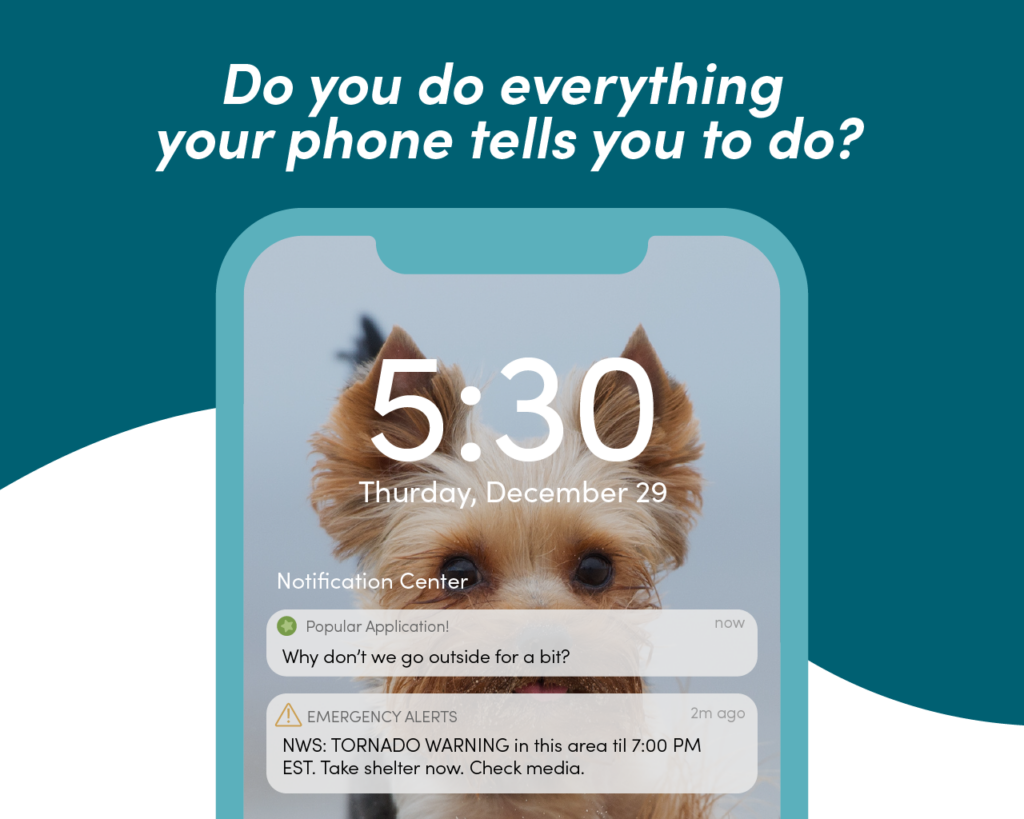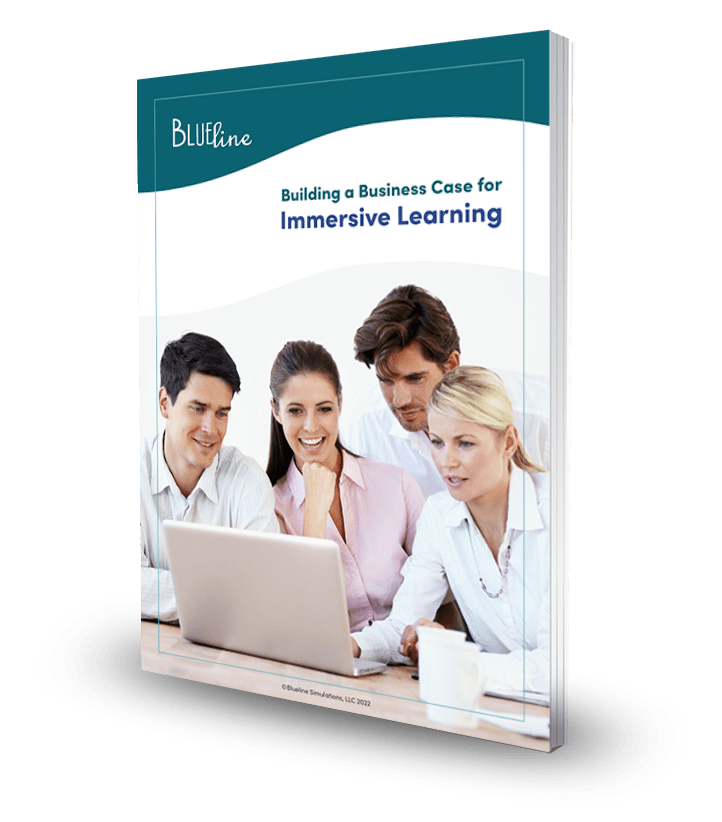Check out the photo at the top of this blog post. Does it give new meaning to the phrase hole in one?
#ContextIsEverything
Over on our LinkedIn page, we’ve been poking a bit of fun at situations taken out of context to show just how important context is—in life, in learning, in everything. In this article, we’ll take a closer look at the benefits of contextual learning in the L&D space.
Why is context in learning so important?
Prepares learners for real-world application
Placing learning in the context in which learners are going to apply their new knowledge and skills increases their capacity to transfer and use that knowledge in the real world; they’ll be more likely to conceptualize how the knowledge they have gained during the learning experience is relevant to their role. When a learning framework draws on the context of real-world tasks, situations, and problems, the learning and assessment can authentically reflect the learner’s everyday experiences and show how they may be expected to transfer their new knowledge and skills in a professional context.
Let’s look at teaching communication skills as an example. Sure, there may be some universal best practices that apply to effective communication, but different professions will need different approaches—a doctor talking to a mother about her sick child will need a different set of communication skills than a construction site manager who needs to relay just-in-time instructions to her crew. Placing learning in the relevant context (the doctor practicing talking to a patient and the construction manager giving instructions to her crew) creates far greater impact and increases the likelihood that newly-practiced skills will be applied on the job.
Increases learner engagement
Numerous studies have shown that for any learning program to change behavior and drive business results, learners have to be engaged in what they’re learning. Learning in context helps learners appreciate the relevance of the knowledge and skills promoted in the learning activity, thus increasing their motivation and engagement. By adding an engaging element to the learning experience, contextualization sparks interest, curiosity, and motivation to apply new concepts on the job; all in all, delivering greater business impact.

Simulations bring learning into context
As we’ve discussed, adoption and retention are driven by immersion and engagement in context. Context makes learning personal, relevant, and worthwhile; without it, there’s little incentive to learn new skills. There’s no better way to both immerse and engage your learners in context than through simulation. Well-designed simulations enable learners to experience and evaluate the outcomes of their actions and decisions in a safe environment (that mimics the real world) without risking real business consequences.
Implementation Showcase
Benefits of learning simulations include:
- The ability to create custom and tailored simulations that put learning into context
- The relevance of the content delivers unmatched engagement, which maximizes retention and application
- Learners are able to apply new concepts and hone their skills in a safe environment
- The learning process is interactive and highly practical
- Participants prepare for real-world challenges
There are various types of learning simulations, each suited to different learning objectives. The most common simulations fall into three categories: spreadsheet, branching, and scenario simulations. The power of all these types of simulations lies in their ability to place learning in context.
Ready to deploy simulation-based learning at scale?
If you’re looking for the ultimate context-based learning, you’ve come to the right place. Blueline’s ExperienceBUILDER™ simulations are custom-built to suit the needs of your organization and learners. In this experiential, immersive training experience, learners are active participants who come away with company-specific skills and strategies to apply right away. Customized to the learners’ context, ExperienceBUILDER simulations use empathetic design that demonstrates a genuine understanding of the real-life factors impacting performance on the job.
Contact us to learn more about our custom simulations and other innovative delivery methods that have been generating notable business results in leading organizations worldwide for more than 20 years. We’ll deliver a transformative immersive learning experience that delivers on your unique learning objectives. And if you just want to keep laughing at #ContextisEverything, make sure you’re following us on LinkedIn!

Are you struggling to prove the value of learning to CEOs and executives? Download our free guide!
- Build the business case for immersive learning
- Demonstrate return on learning investment (ROLI)
- Gain buy-in from employees and executives for your learning and development initiatives
It’s your job to create your organization’s vision, and it’s our job to help turn that vision into a blueprint for success.


